ESA’s geology training course PANGAEA has come of age with the publication of a paper that describes the quest for designing the best possible geology training for the next astronauts to walk on the surface of the Moon.
Since 2016, PANGAEA has equipped ten astronauts from three space agencies with the foundational knowledge and skills in field geology required for lunar exploration.
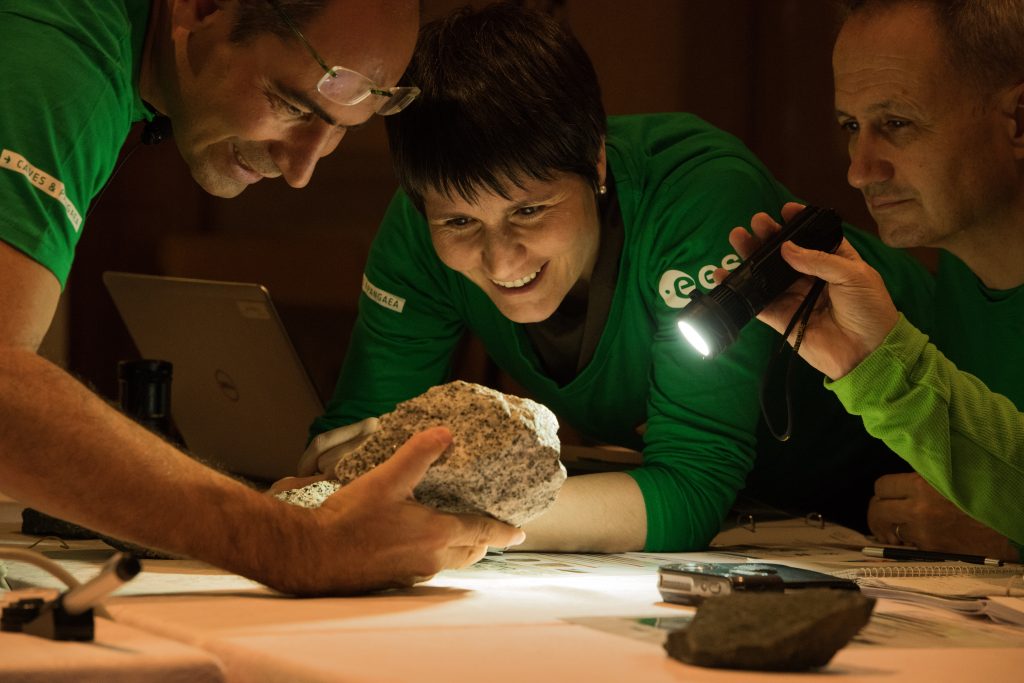
Humankind is returning to the Moon, and soon astronauts on Artemis missions will take part in the planning and execution of geological expeditions on the lunar surface.
“With five editions of the course now under our belt, this is the right time to bring our experiences to the wider space exploration community,” explains Samuel Payler, PANGAEA training coordinator.
Future moonwalkers will be in a privileged position to explore the lunar surface but will also feel the pressure of having to make quick and sound scientific decisions.
“We hope this publication can be useful to other space agencies involved in training for future planetary missions, and promote further international cooperation,” adds Samuel.
Astronaut’s motivation
The publication outlines the approaches used by the team to train astronauts for exploring the lunar surface.
“From our experience, astronauts perform best when they are given a reasonable amount of autonomy. We foster the astronaut’s appreciation for true exploration,” explains planetary geologist and PANGAEA instructor Matteo Massironi.
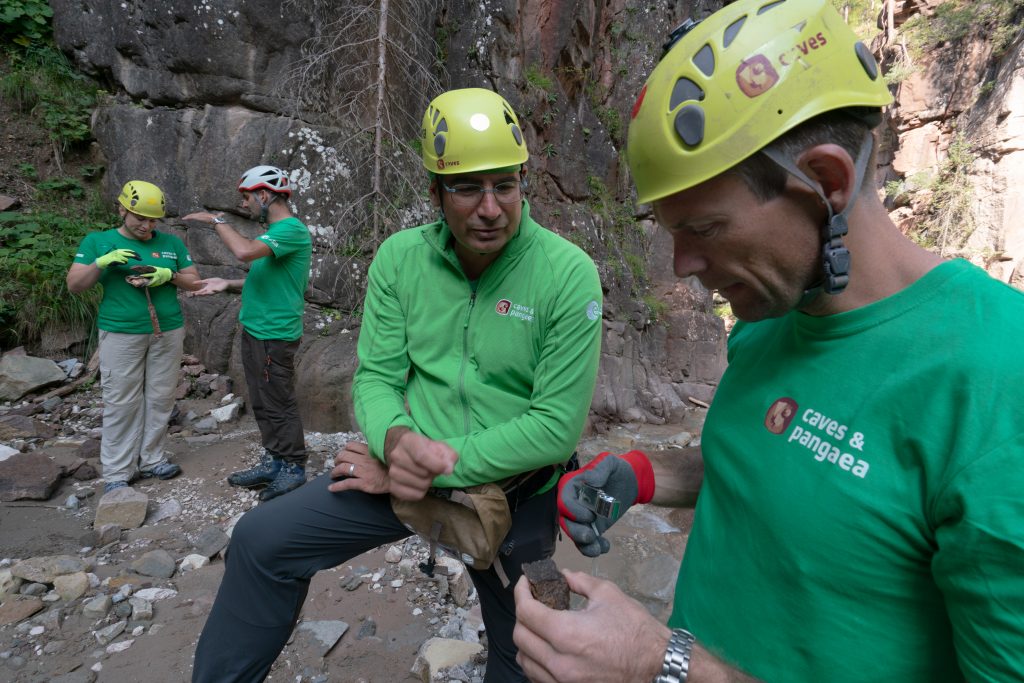
During PANGAEA, the training grows in complexity and astronauts face challenges in real environments. As the trainees progress, they experience a shift in perspective – they find motivation in pursuing scientific discoveries.
“We don’t want them to act as robots, but to become the most effective field scientists they can be. We train them to lead the exploration and make decisions with support from a remote science team,” he adds.
Apollo’s legacy
A cornerstone for developing PANGAEA was looking back at the training carried out during the Apollo era. Although almost 50 years have passed since Apollo came to an end, it remains the only example of a space programme where geological training was essential to mission success.
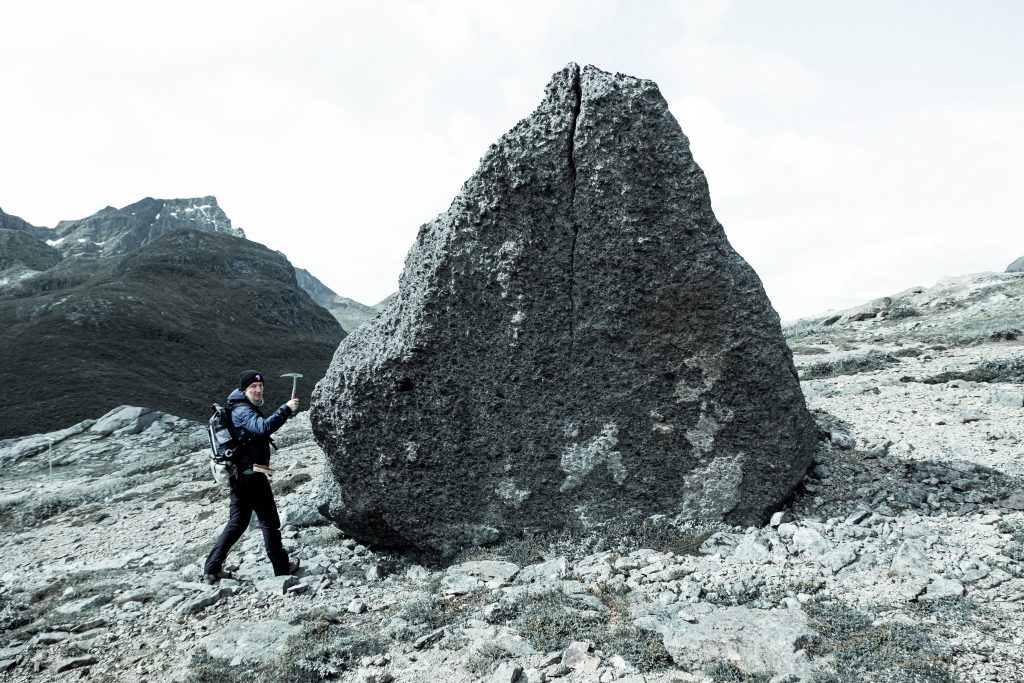
“Train them, trust them and turn them loose” was the motto of the mission-oriented training during the last three Apollo missions – the most productive in scientific discoveries. Europe’s PANGAEA training builds on the legacy of the Apollo programme.
After the first lessons in the classroom, the team of instructors with some of Europe’s top planetary geologists progressively allows the astronauts to spend more time exploring independently.
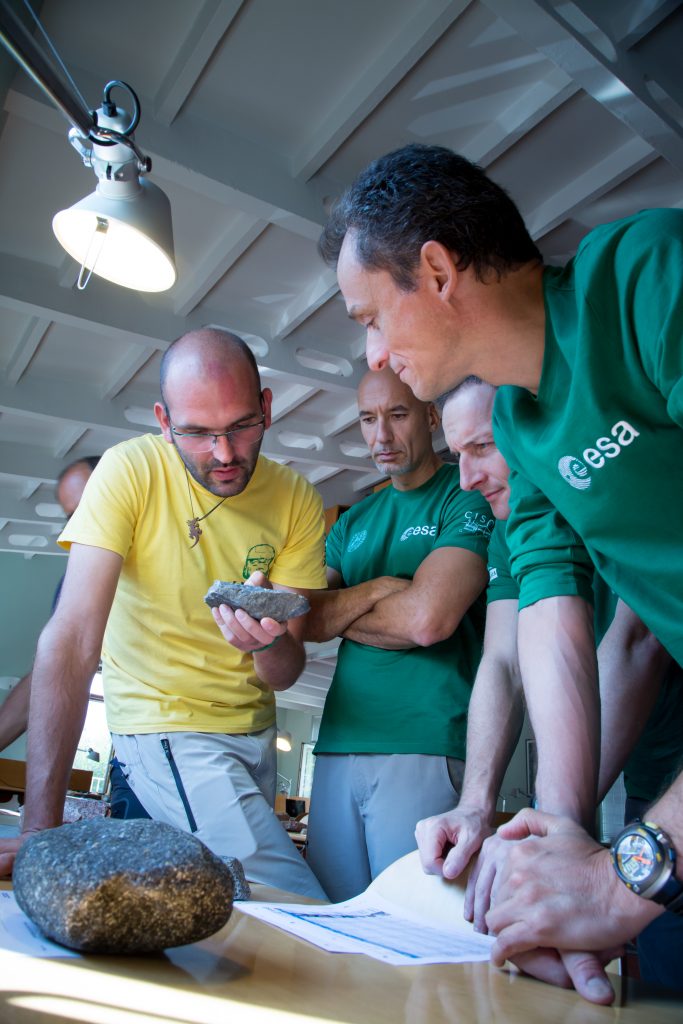
The geology training takes them to the Italian Dolomite mountain range known for its pristine sedimentary layers, the Ries impact crater in Germany, the Spanish volcanic island of Lanzarote, and to the Norwegian fjords of Lofoten to learn about rocks similar to those found in the lunar highlands.
The similarity of these European sites to lunar and martian geology brings realism to the exploration.
Exploration upgrades
Although inspired by the legacy of the Apollo era, PANGAEA incorporates many of the advances in technology and scientific knowledge made since the 1970s.
“We are making it more applicable to the modern scenario, incorporating all the knowledge we have gained about the Moon combined with new technologies that can support and enhance field geology,” explains Francesco Sauro, PANGAEA’s course director.
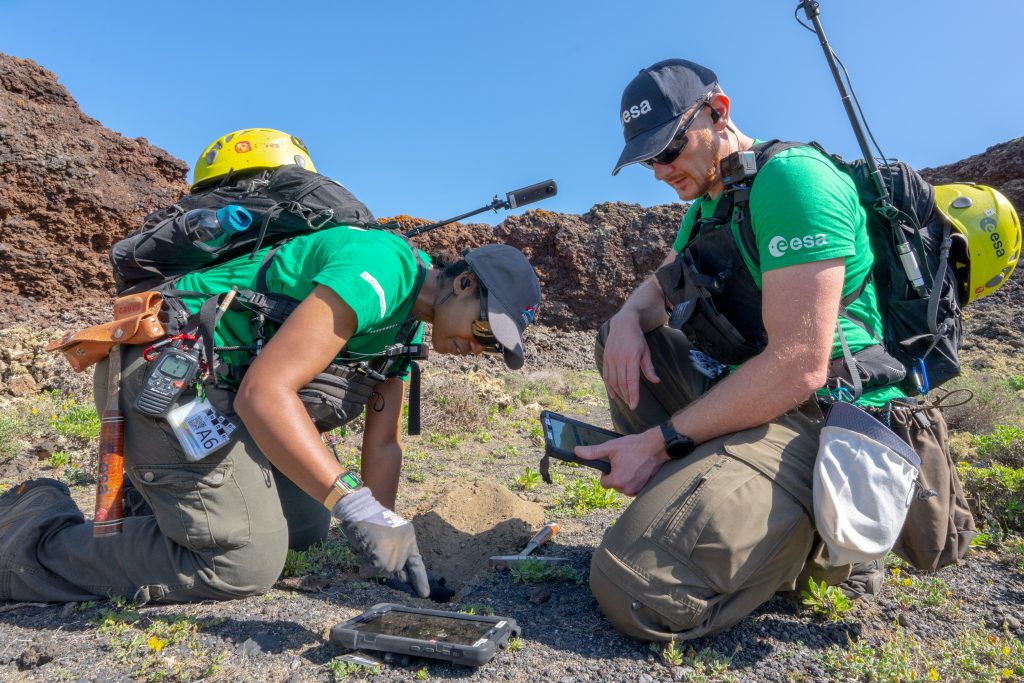
In 2017 the team started developing a new system to record, structure, and deliver information collected in the field, including images, data from analytical tools, 3D maps and audio notes. The outcome of this development is the Electronic Field Book, a unique tool that has made sampling more efficient.
The future is now
Even if PANGAEA is not a training course for specific missions, it will be updated to remain relevant to current exploration scenarios. “We will adapt to whatever the future holds for space exploration,” says Francesco.
“We want to provide useful training to prepare astronauts for NASA’s mission specific training in the build-up to Artemis,” he adds.
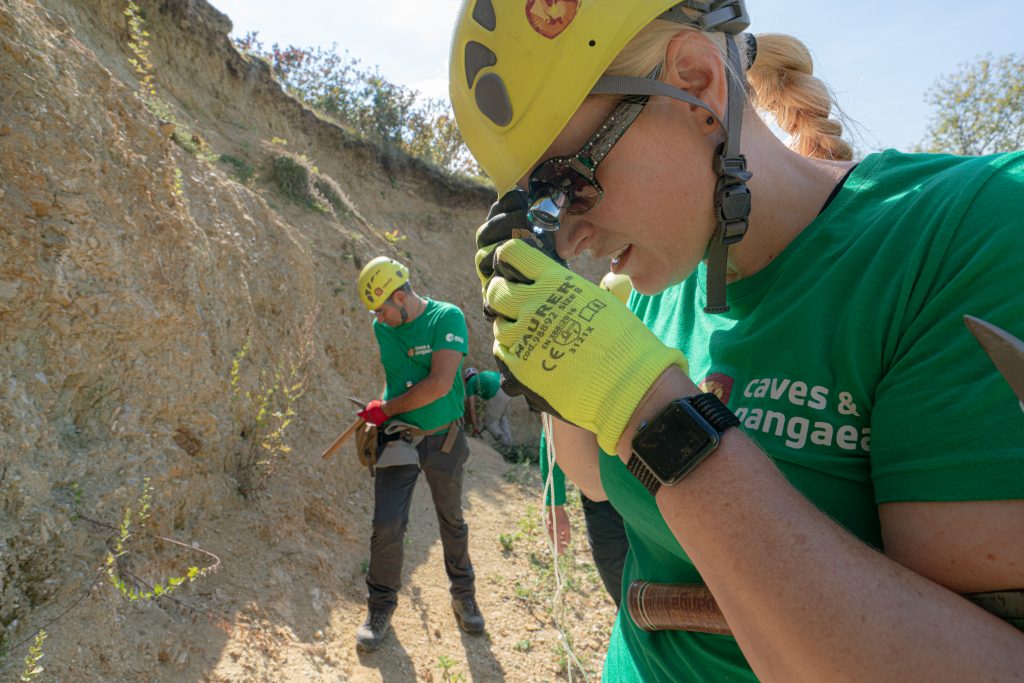
The team is eager to share the experience gained over the years. “The course has reached a level of maturity that we feel we have something valuable to contribute to the planetary science community and the future astronauts,” says Francesco.
PANGAEA supporters
The paper Training astronauts for scientific exploration on planetary surfaces: The ESA PANGAEA programme is available here: https://www.sciencedirect.com/science/article/abs/pii/S0094576522007068
The PANGAEA programme and the resulting paper would not have been possible without the significant support offered by local authorities at each field location, and the institutions of the instructors. Here is a list to acknowledge their contribution:
- Geoparc Bletterbach.
- Ries Crater Museum.
- Geopark Ries.
- Geoparque Lanzarote.
- Cabildo de Lanzarote.
- Timanfaya National Park.
- Norwegian Mining Museum.
- University of Padova, Dipartimento di Geoscienze.
- University of Padova – CISAS.
- University of Edinburgh, School of Physics and Astronomy.
- Universität Münster, Institut für Planetologie, Westfälische Wilhelms.
- CNRS, Nantes Université, Laboratoire Planétologie et Géosciences.
- IGEO (CSIC-UCM), Instituto de Geociencias.

Discussion: no comments